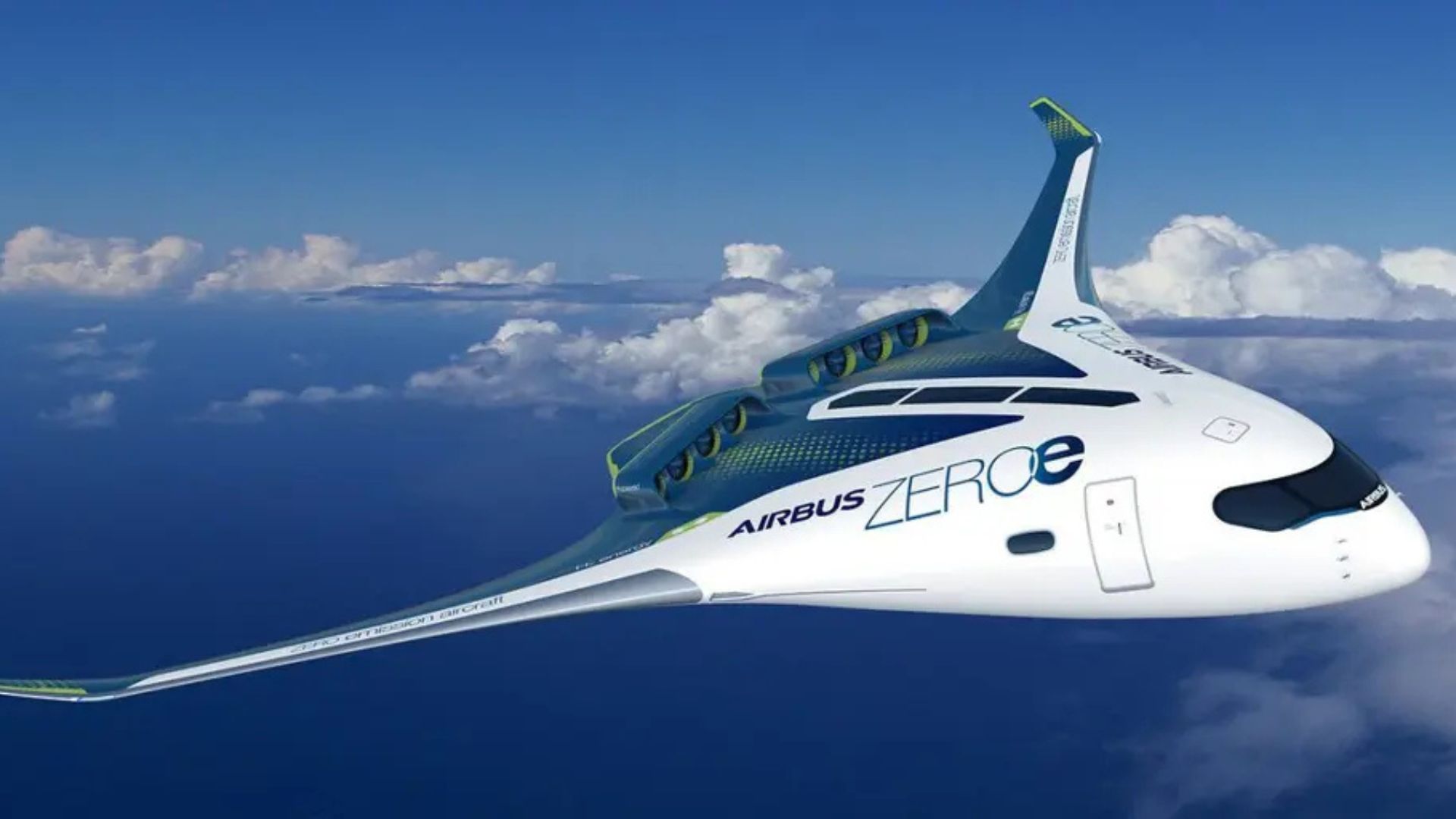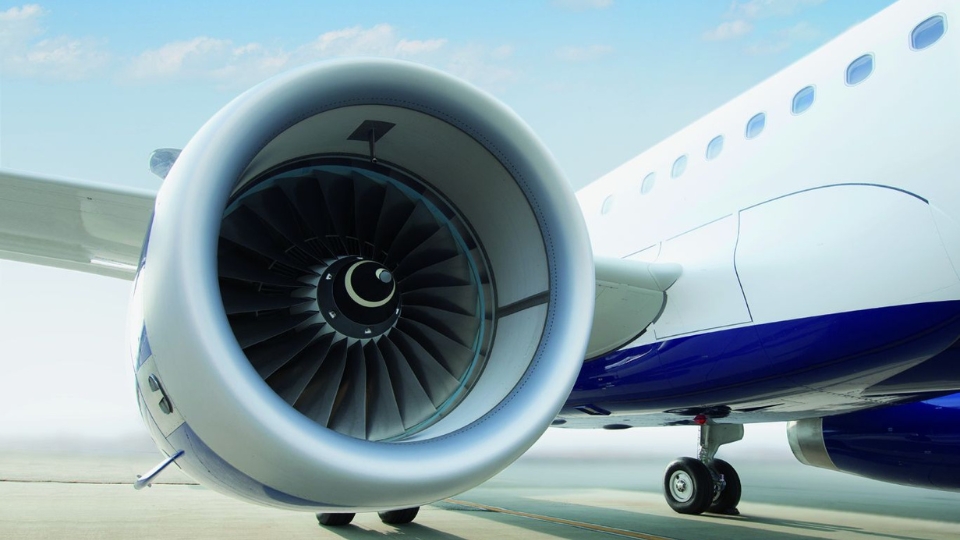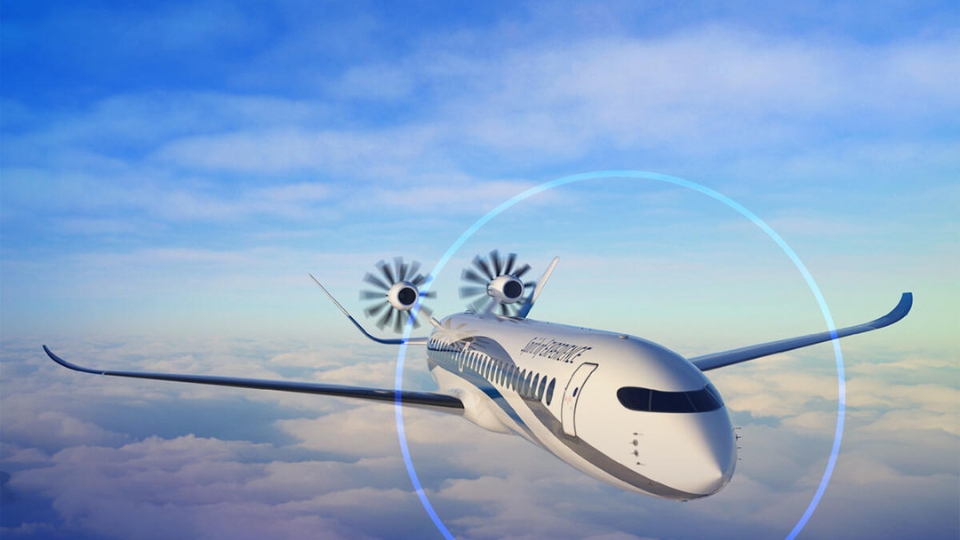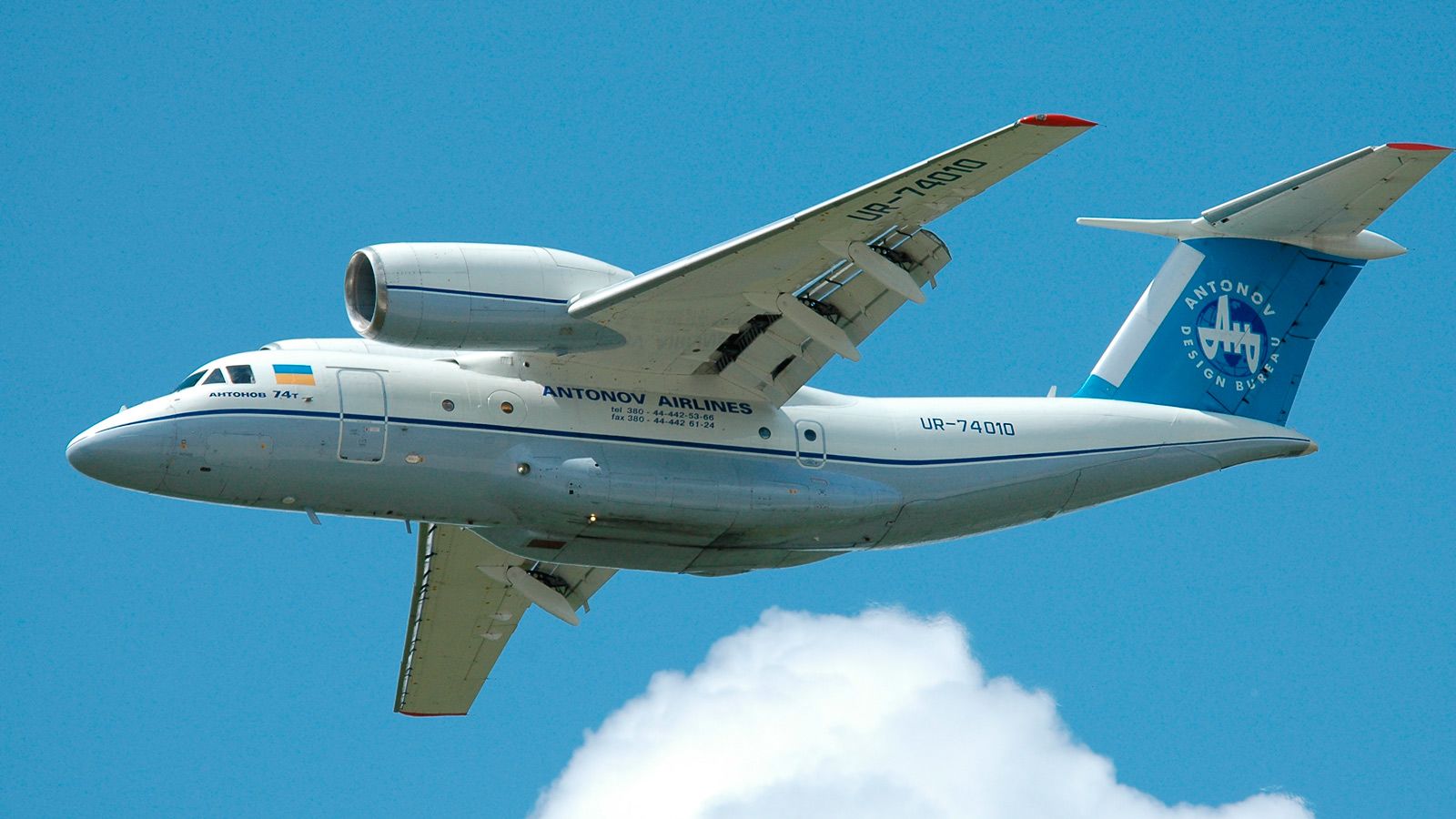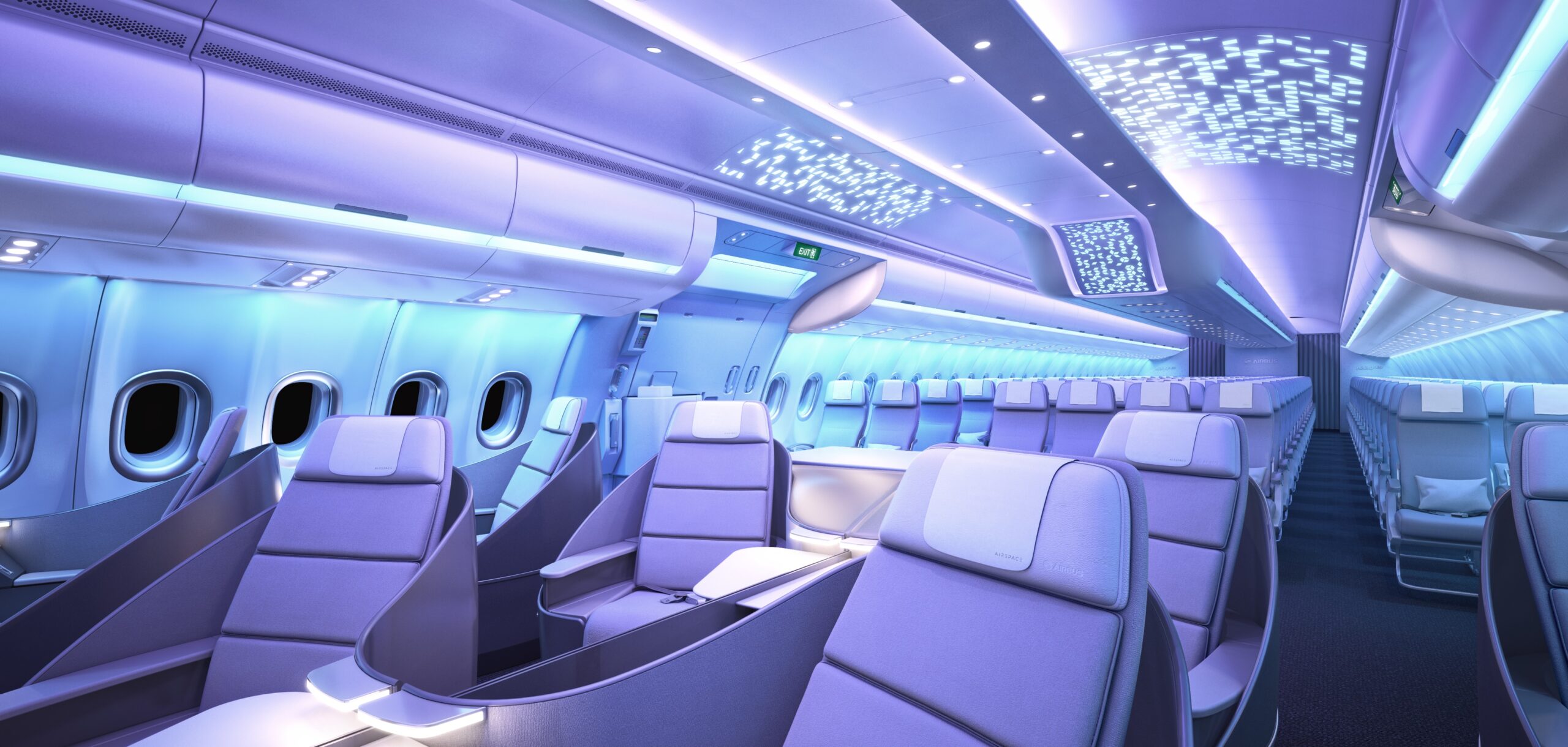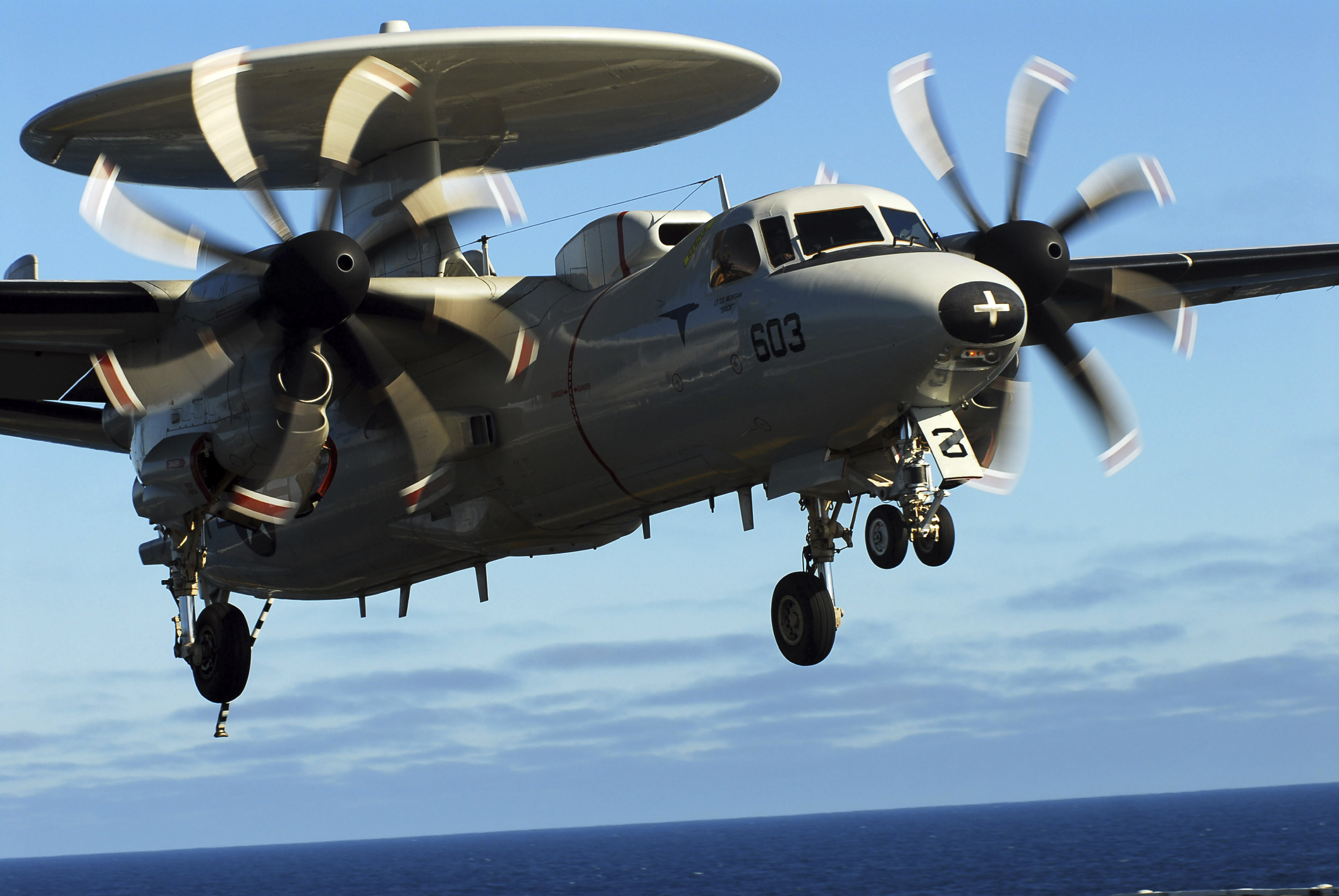Today’s aviation industry places unprecedented emphasis on fuel efficiency—not only to reduce operational costs, but also to minimise environmental impact. Below, we explore five commercial aircraft models that lead the pack in fuel efficiency, and examine what design features allow them to excel.
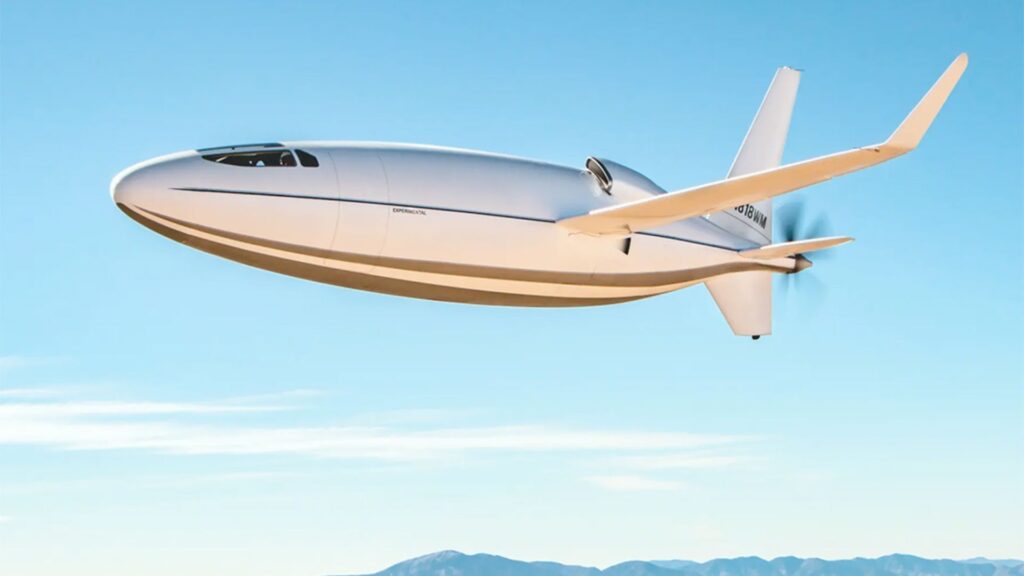
Airbus A321XLR
The Airbus A321XLR stands out by targeting longer‑range missions with a narrow‑body airframe. Airbus claims this model offers up to 30 % lower fuel burn per seat compared to previous‐generation competitor aircraft. It incorporates aerodynamic refinements, a new rear centre fuel tank, higher maximum take‑off weight, and efficient new engines. Airlines using the A321XLR gain improved flexibility—opening routes previously reserved for wide‑body aircraft but with narrow‑body economics.
Boeing 787 Dreamliner
The Boeing 787 family has become a benchmark for long‑haul fuel efficiency. Boeing states that the 787 achieves around 20 %–25 % better fuel efficiency per seat compared to older aircraft like the 767 or early 777‑200s. Key technologies include a composite airframe (reducing weight), advanced high‑bypass turbofan engines, aerodynamically optimised wings and systems. The cumulative effect: airlines can fly longer, carry more payload, and burn less fuel per passenger‐kilometre.
Airbus A220‑300
The Airbus A220‑300 (formerly Bombardier CSeries) is a modern single‑aisle aircraft designed for short‑ to medium‑haul routes. It leverages new engine technology (Pratt & Whitney GTF), better aerodynamics and light‑weight materials to achieve fuel‑burn reductions of the order of ~20 % per seat compared to previous generation narrow‑bodies. For airlines, this means lower cost per seat on thinner routes, and for passengers, more efficient aircraft often equate to newer cabins and lower emissions.
Embraer E2 Family
In the regional and smaller jet category, the Embraer E2 family (E‑175E2, E‑190E2, E‑195E2) stands out. Reports suggest fuel efficiency improvements up to 25 % better per seat compared with first‑generation E‑Jets. The E2 jets deliver lower fuel burn through new engines, redesigned wings, and modern systems. For regional airlines, this opens up new route possibilities with lower fuel cost burdens.
Boeing 737 MAX 8
Although not always ranked at the very top, the Boeing 737 MAX 8 series has nonetheless delivered substantial fuel savings relative to its predecessor, the 737 NG. Estimates put the per‑seat fuel burn reduction in the range of ~14 % or more, depending on configuration and route. With improvements such as advanced LEAP‑1B engines, drag‑reducing winglets, and updated avionics, the 737 MAX family allows carriers to retire older jets aggressively and reduce fuel cost and emissions on core short‑ and medium‑haul operations.
Why These Models Lead Efficiency
A few common design and operational features underpin the fuel‑efficiency gains of these aircraft:
-
Light‑weight materials & composite structures: Composite airframes and structures reduce weight and thus fuel burn (e.g., Boeing 787).
-
Next‑generation engines: High‑bypass turbofans, geared turbofans and improved thermodynamic efficiency deliver substantial improvements.
-
Aerodynamic advances: Winglet/sharklet designs, optimised wing planforms, smoother surfaces and reduced drag all matter.
-
Optimised seat‑payload‑range configurations: Aligning capacity, route‑length and aircraft performance prevents inefficient load factors and wasted fuel.
-
Operational improvements: Newer aircraft often benefit from improved systems, reduced maintenance drag, and better fuel management practices.
Implications for Airlines & Passengers
From an airline perspective, fuel is one of the largest operating expenses—so improving fuel efficiency directly impacts profitability. With newer aircraft, carriers can reduce cost per seat, open longer or thinner routes profitably, and reduce emissions—important both economically and from a sustainability viewpoint. From the passenger angle, newer efficient aircraft often provide better cabin experience, may support more direct flights, and contribute to lower environmental impact per traveller.
Conclusion
The push toward more fuel‑efficient commercial aircraft continues to transform aviation. The five models highlighted above showcase what’s possible today: from narrow‑body jets capable of trans‑continental missions to regional jets and wide‐body long‑haul workhorses that burn significantly less fuel per seat than their predecessors. As airlines continue to modernise fleets and as new technologies (like hybrid or hydrogen propulsion) emerge, expect fuel efficiency to further improve—driving both economic and environmental benefits in aviation’s future.

